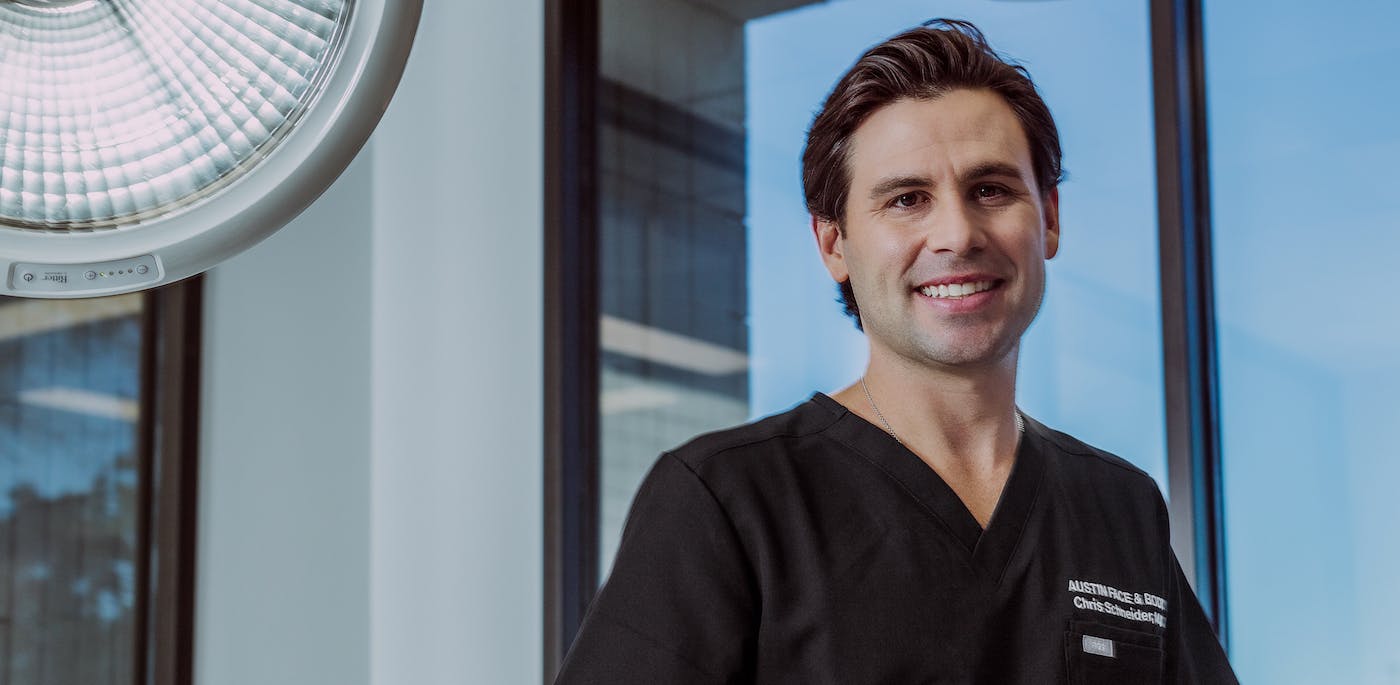What to expect during skin cancer treatment in Austin?
The steps involved in your unique reconstruction procedure will depend on the severity of your cancer and the size of the defect left behind after surgery.
- Linear closure. A linear closure is possible for relatively small defects that are surrounded by healthy tissue. This approach involves placing an incision within a natural crease, closing it with care, and minimizing tension on the wound to reduce scarring.
- Local flap. If your wound does not qualify for a linear closure, a local flap will be used. In this case, your facial plastic surgeon will use nearby tissue to close the defect.
- Skin graft. If a local flap will distort your anatomy or result in excess tension on the wound, we may recommend a skin graft. This approach involves taking skin from another area of the body and transposing it to the site of your defect. As the graft heals, it will blend in with the surrounding tissue.
For patients with larger defects, a multi-staged reconstruction may be necessary. In these cases, your surgeon may first reconstruct the area using cartilage or bone. Then, during a second procedure several weeks later, they will further refine the results with a flap or graft.
Depending on the extent of your surgery, skin cancer treatment at Austin Face & Body can take between thirty minutes and two hours to complete. Most patients can undergo the procedure with local anesthesia, and you will be able to return home the same day.




